We think it’s safe to say that no one anticipated just how miserable 2023 would be for the amazing people creating the games we love. And while this year did bring us a deluge of delight in terms of the games, the play experiences were overshadowed by the trauma and despair of the more than 10,000 people who found themselves out of work… some just a few days before Christmas.
Looking Back at 2023
Labor is the biggest story, once again
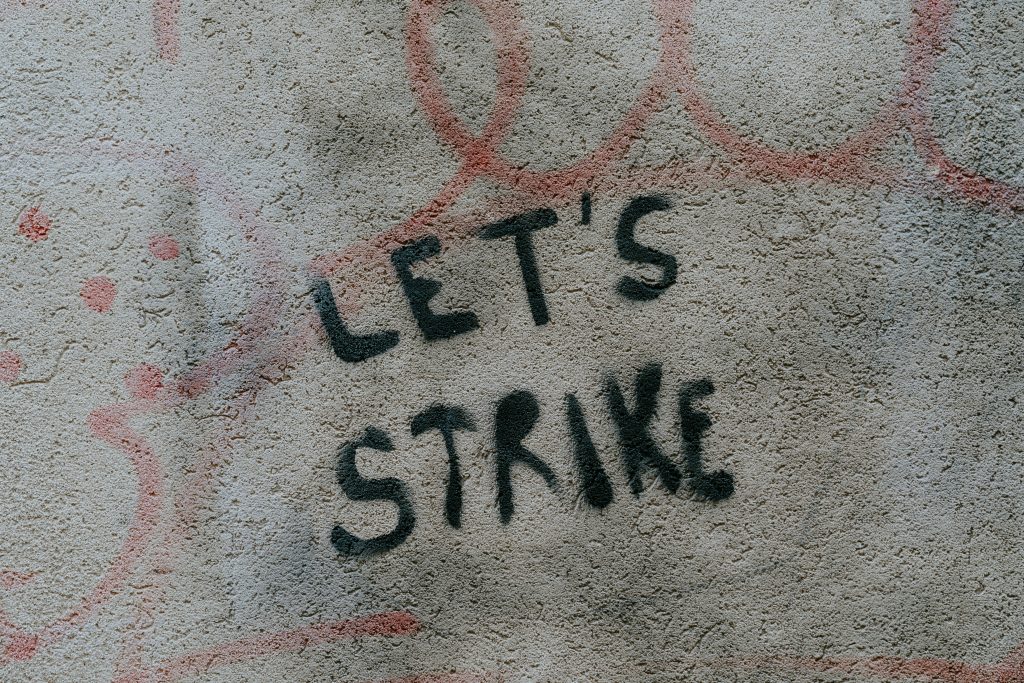
Last year, we talked about how the wave of labor organization helped define 2022. This year, labor is back in the spotlight, but for a much less celebratory reason. In 2023, game industry professionals numbering more than 10,000 people lost their jobs. And that’s just the tally we know of.
Not every company that laid people off or shuttered made a public announcement. Some of those that did announce widely did not disclose the impact in hard numbers. And this is all from a Western point of view. We have no idea how many studios overseas laid people off or closed without news of it reaching an English-speaking audience.
We knew things were getting tough out there. In mid-2022, Manda warned an audience at Pocket Gamer Connect in Toronto that teams should “get their deals in by the end of the year.” And she was, unfortunately, correct. (More on this later!)
We’ll talk a bit later about how this downturn is different than we’ve seen in the past, and will likely (and detrimentally) break the cycle of corporate downsizing leading to a mass inception of new studios. But for now, our hearts are with every single member of this industry who has faced hardship this year due to layoffs. We see you. And, we know that this didn’t happen in a vacuum…
The Failures of Executives and Corporate Strategy is Writ Large

One name has been on the lips of everyone as the labor market has deteriorated this year: Embracer Group. It’s been an entire decade since Lars Wingefors’ Nordic Games AB came out of nowhere to snap up a large batch of underloved, legacy THQ IP. We marveled at the company building a massive warchest to snap up company after company, but something seemed off in June 2022 when the Swedish company took $1B of investment from the Saudi government.
During the height of the COVID-19 pandemic, when debt was cheap and revenues were unnaturally spiking due to limited entertainment options, Embracer was in a never-ending game of Hungry Hungry Hippos, buying up the world’s largest tabletop publisher (Asmodee), gobbling a major comic book company (Dark Horse), consuming AAA studios (Gearbox), and opening up brand new studios to deliver new games in legacy IP (Free Radical Entertainment). But like any binge, there are consequences.
After pretending like he was the star of The Wolf of Wall Street and indulging just a bit too much in all the wrong things, Lars Wingefors and, by extension Embracer, is reckoning with the damage. Debt is now much more expensive due to inflation. A $2B deal (reportedly with Saudi Arabia again) fell through the night before an earnings release. And the company is now potentially looking to sell Gearbox and has laid off more than 1,000 people, while closing studios it just recently acquired or opened.
If this were just an Embracer problem, it would still be huge news. But this behavior is echoed across the industry. We have been worried about consolidation (and, yes, we’ll talk about that later, too), but this cheap debt-fueled bender is an industry-wide problem.
Embracer set the tone for investors and executives in Europe and beyond. Somehow, people leading massive, multi-billion dollar organizations, couldn’t see the worst case scenario. Instead, they planned for a “good-but-not-great” scenario, refusing to believe the bottom could fall out as quickly as it was built up.
Take-Two has struggled with mobile after its $12.5B acquisition of Zynga in May 2022, in part leading the company to a $50M cost-cutting plan. EA laid people off at Codemasters, which it snatched from almost-owner Take-Two in 2021, and other studios. Meta has laid off more than 10,000 people in 2023, after billions in losses from Metaverse and VR initiatives (including acquisitions).
And then there’s Epic, which waged an expensive losing war against Apple, while its success against Google is likely to be in appeals through 2024. The company spent millions in legal fees on the fight and left even more on the table from mobile players it could no longer easily access on the App Store or Google Play Store. It’s the workers that are paying the price, as the company laid off 16% off its staff (about 830 people).
Executives have made bad bet after bad bet, and very few of them are being held accountable by governance and investors. And while labor is paying for it, the blame rests with those wearing the tarnished crowns. We’d love to see some accountability in the coming year.
2023’s Great Games Were a Direct Result of Necessary Pandemic Flexibility

This year was utterly wild in terms of the amazing quality of games unleashed upon us. The year kicked off with the surprise release of Tango Gameworks’ Hi-Fi Rush and barreled straight through with banger after banger. And whether your flavor of choice is RPG (Baldur’s Gate 3, Final Fantasy XVI), action (Spider-Man 2, Hi-Fi Rush), horror (Resident Evil 4, Alan Wake 2), strategy (Marvel’s Midnight Suns, Company of Heroes 3), or something else… there was no shortage of new hotness to get in on.
As we lament the devastation this year has wrought on labor, we can’t lose sight of a major contributor to this year’s successes. COVID-19 is still tearing through the world, and we’re only just beginning to understand how to cope with it long-term as governments have all but given up on trying to keep people safe.
But it is the necessary (and forced) accommodations that companies had to make in the wake of the pandemic that helped contribute to this year’s successes. And while we won’t go so far as to suggest that executives only took precautions because they had no choice— because some companies (like Bungie) took the opportunity to fully embrace remote work—we don’t believe there was much altruism at play.
Because of that, we suspect that many executives are ignoring the role that remote accommodations and elongated timelines played in this year’s releases. Corporations had no choice but to allow for additional flexibility in the development timeline. This additional time was clearly well-spent, even as people struggled pre-vaccine with their mental health, child- and elder-care challenges, and working in ways that required all of us to rethink work-life balance.
There are powerful lessons that executives could take from how we all had to work under quarantine, and how we can create just as well (if not better) when doing so from the comfort of our own environments. That’s not to say there isn’t a need for human, in-person connection (there absolutely is) or that working remotely is for everyone (it isn’t). But game development in a COVID-19 world could be harnessed for good… the sad reality is that it probably won’t. And we’ll talk about the corporate-driven labor trends we’re likely to see that fly in the face of every good lesson we could take away from the tragedy of the pandemic. If there’s one thing that 2023 taught us is that investor number-must-always-go-up needs will be more important to most executives than a healthy, happy, thriving workforce.
The GaaSacre is Real (And Not Going Away)
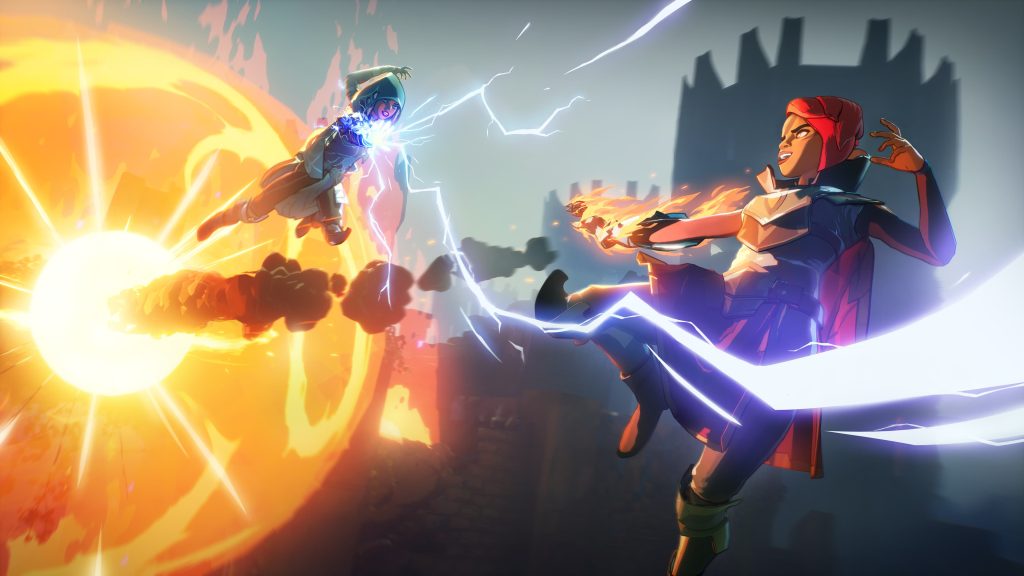
Last year saw the shuttering of a number of GaaS titles, many of which were promising multiplayer experiences that couldn’t find purchase with discerning (and diminishing) audiences. The most heartbreaking of those were Rumbleverse, Dreams, Spellbreak, Blaseball, Vampire the Masquerade: Bloodhunt, and Knockout City (a cherished title among our children). Mobile GaaS titles were also axed, including Apex Legends Mobile and Battlefield Mobile, clearly marking EA’s aversion to continuing to invest in these titles on mobile.
The economy of attention is a palpable reminder that, as it turns out, we’re not Time Lords and we can’t play fifty service games at a time. While service games have proven to be a temporary boon for game developers — games that require constant content and support extend the lifespan of the development team for that particular game — there isn’t enough support in the world to account for players simply not having enough time to do everything they want (let alone need) to do in a given day.
Games are not just competing against each other, either. Games are also competing for attention from our other entertainment activities, including watching television and movies, books, and outside extracurricular activities. We may not be “sheltering in place” for COVID-19 any longer, but we’re still experiencing COVID-19 as an ongoing pandemic — it’s important to remember that. However, growing the pie (as we’ve been calling it on Virtual Economy for a number of years) of players doesn’t account for the about-face the economy has done. With more time spent physically going back to the office (prematurely), caring for family members that have been affected by the pandemic, and hustling to make ends meet through gig work, there is less time for video games than there had been between 2020 and 2022.
When investment in games returns to a healthy state (unfortunately not anytime soon, at least from our analysis), we will see a return to more single-player games. This is going to cause another kind of attention issue for players, but not on the scale that we saw with the influx of GaaS titles throughout the late 2010s and into the early 2020s.
GaaS isn’t going away, per se, but the cadence for service games will need to shift to something more manageable, both for developers and players. We’re already seeing the impact that Lethal Company (developed by solo Roblox developer, Zeekerss) is having on players, which doesn’t seem to be letting up. (Note from Manda: it’s surprisingly enjoyable with a very sticky gameplay loop, especially when you’re getting shepherded around by your older children.) But it’s going to take more than shine and polish and a lot of money to capture audiences going forward, so invest (and design) accordingly.
The Indie Squeeze is Here

Manda spoke on a panel about indie game publishing at Pocket Gamer Connect Toronto in July 2022, right before the economy took a sharp 180 into the disaster we’re currently all navigating. What she said is pertinent: “Indies, get your deals in before the end of the calendar year [2022] because 2023 is going to be ugly.”
As she often says on the show, she really, really doesn’t like being right about these things. Unfortunately, she was spot on. While AAA and AA labor suffered mightily in 2023 (and likely will continue to in 2024 — Manda’s right in there with you all), indies have been suffering mostly in silence since the tail-end of 2022 as deals have dried up, publishing priorities have shifted, and platforms are moving to change how they structure deals (primarily with Game Pass and PS+).
Consolidation has a lot to do with what’s transpired in the publishing landscape. When debt was cheap, publishers could gobble up and start new internal studios to mitigate the risk of publishing deals. Even smaller publishers could afford to take on that debt so that there was more of a focus on titles that would net them larger profits, since the split was, well, not there.
Unfortunately, when interest rates rose to combat inflation, debt became expensive and investors became skittish.
And, of course, all of those studios that cropped up underneath these publishers that sought to consolidate and turn their attention internally… well, we’ve seen what’s happened.
Traditionally, publishers foot the bill and take on the bulk of the risk when it comes to the shifting sands of game development. It’s their job to take the talent and hard work that comes out of indie studios, fund the rest of development, and help take the game to market. But in the midst of this economic squeeze, publishers have become exceptionally risk averse. Games that would have been funded without batting an eyelash in early 2022 became “too risky” by early 2023. Some publishers’ publishing slots diminished to less than a handful per year by the end of 2023. Even platforms, which had been growing their indie dev support, have turned inward and won’t roll the dice on new titles.
Indie developers continue to design and create some of the most imaginative games out there, sometimes with publishing support, but many times without it. Unfortunately, without publishers stepping in to help provide even-footing for all developers, marginalized developers (women, gender minorities, and developers of color) will get squeezed the hardest. When we think about how many games we won’t get to play, how many studios won’t survive, and how many indie developers will leave games as a result… it’s heartbreaking.
Looking Ahead to 2024
The Labor Outlook is Not Getting Better… Because Consolidation is a Killer (But There IS Hope)

We’d love nothing more than to tell you that things are going to get better as soon as everyone gets back to work at the start of 2024. Heck, we’re still holding out a glimmer of hope that Q1 ends our trip through The Darkest Timeline.
But in reality, we don’t expect the labor outlook to start improving until late 2024. And, depending on how corporations start to consider implementation of generative AI, we could be in for a much longer haul that will see brain drain that will damage the industry for a decade to come.
Many investors would like nothing more than that, honestly. They think that generative AI can replace the skilled artists that make games come to life and leave a lasting impression, all at a reduced cost while reaping the same (or larger) revenue.
Additionally, the saturation of the labor market is going to create a scenario that drastically benefits employers over labor. We expect that many companies will take this opportunity to focus their hiring on candidates local to their offices or those that are willing to relocate. The rest of the workforce will be forced to return to the office, as Activision Blizzard is already planning for its QA staff.
We also are concerned that companies will see the labor market as a chance to re-staff with similar positions at lower salaries and benefits packages. Every visit to LinkedIn is heartbreaking, as we see our colleagues going months without opportunities (or even meaningful interviews). Corporations are seeing this, too. And with investors demanding big returns in a miserable market, executives are happy to pinch every penny they can.
As for those companies hoping to get those big injections of cash, venture capital and private equity deals are down significantly. Drake Star says that M&A deals are down significantly, with Q3 showing only 33 transactions worth $5B, compared to 2022’s 81 deals worth $6.2B. PitchBook weighed in on venture capital investments, sharing that VC funding has shrunk 53.9% for number of deals and 76.1% for value YTD compared to 2022. They expect 2023 to close just a hair over 2019. If you’ll recall, the industry wisdom was that we would see contraction as the economy opened up after the pandemic, but we’d be significantly stronger than 2019.
On top of all of this, should China move ahead with its new, extremely restrictive rules for minors engage with video games, we could see a new wave of major layoffs. Tencent and NetEase saw $80B in value eroded almost overnight when these new regulations were announced. You can bet that will have an impact in the West, too, as both companies are heavily invested in European and North American companies.
Last year, we discussed how important an organized video game labor workforce was to the future of the industry. It’s even truer this year. Unions will help ensure baseline wages for new hires, protections against forced implementation of generative AI, fair severance in the event of layoffs, and crucial benefits (especially for American workers trapped in a broken for-profit insurance hellscape).
The reality is that organization will get harder, and we have seen a number of companies overtly and insidiously work to undermine collective bargaining. We’ll continue to cover these important stories and cheer on our colleagues fighting for a more equitable workplace.
The Death of E3 Puts Too Much Power in Too Few Hands
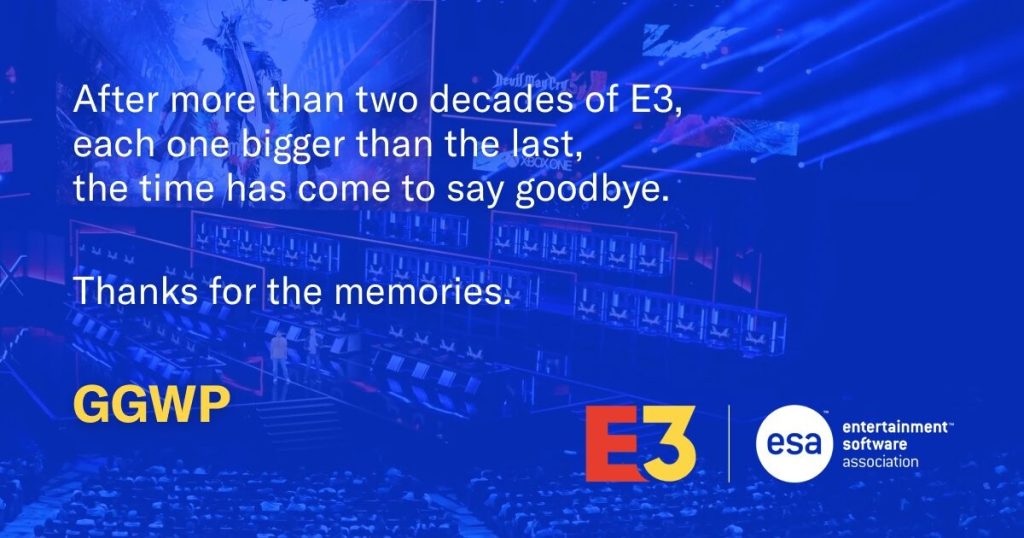
E3 has served its once very useful purpose of being the intersection of a game industry trade show and a consumer-facing, glitz-fueled hype machine. E3 was a mighty aspiration for game critics and journalists the world over, drawing us all in like moths to its mighty flame since the ‘90s. Unfortunately, the ESA struggled with E3’s identity over the last handful of years and the COVID-19 quarantine was the final nail in the once glamorous event’s coffin.
If you’ve been around the game industry for the last three or four years, at least, you’ve seen what #NotE3 looks like — a deluge of publisher-led shows in the midst of what has become the event known as Summer Game Fest. Among these streamed shows have been jewels like Opal (who led the Prime Matter livestream in 2021), the Wholesome Games showcase, and the Guerilla Collective. We’ve also traditionally loved the PC Games Show, namely because Day9 is an absolutely delightful weirdo.
But what we haven’t been actively discussing is that the power vacuum that E3 had left during the early days of the pandemic is now being occupied by the same organizer that is also in charge of The Game Awards and the Gamescom Opening Night spectacular. With all of that power now centralized (dare we say, consolidated?) with one person and their organization, we’re in a precarious position.
Sure, there’s always PAX (consumer-focused shows), GDC (the most inclusive for media, but extremely difficult to attend for non-North Americans), and DICE (whoa boy, it’s expensive), and all of the regular haunts that you might find yourself at as a game developer or publisher. However, in order for SGF to fully fill the big shoes left behind years ago by E3, there needs to be a commitment to inclusivity.
While it wasn’t necessarily easy to get into E3, provided you were able to produce the necessary documentation, obtaining a press pass wasn’t an insurmountable challenge. E3 hosted freelancers, small outlets, unpaid writers carving out PTO to fly to LA, in addition to the largest outlets. The annual convocation was the springboard for many journalism careers and a gateway to niche audiences for developers and publishers. Summer Games Fest can be the “New E3” the industry deserves, if the desire is there to keep what worked and improve what didn’t. And that requires casting a wide net for access that serves developers, publishers, and media.
We Are About to Enter a Dark Age for Game Criticism and Journalism
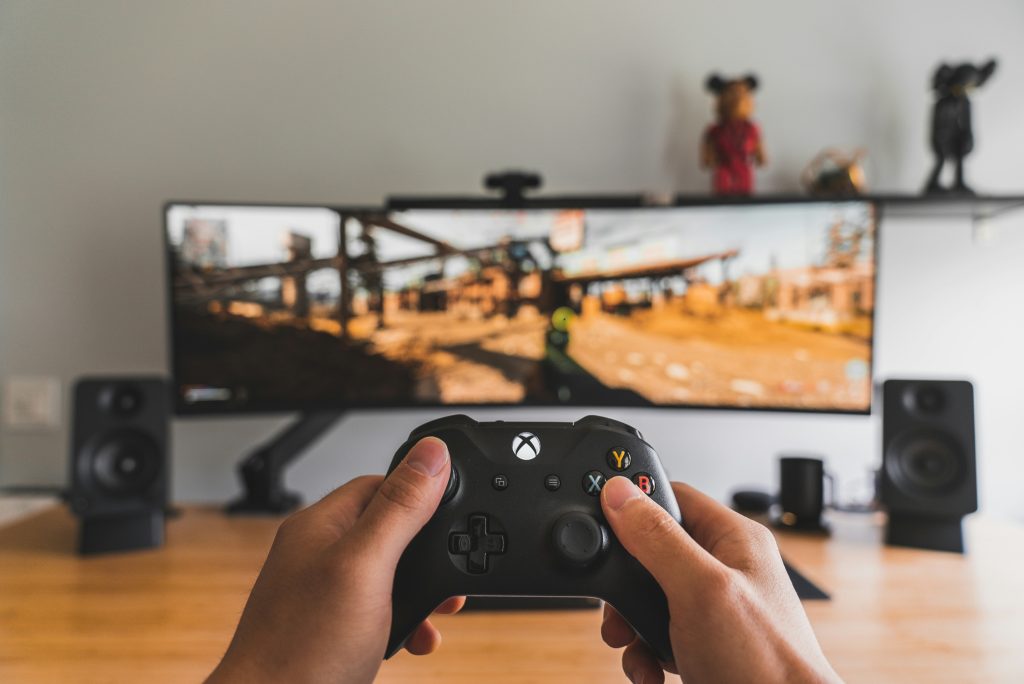
An educated, experienced, and historically-minded game journalism landscape is crucial to the industry. We need people exposing wrongdoing, giving whistleblowers a safe harbor, and holding corporations’ feet to the fire.
As former journalists, we know how hard it is to do good work in a clicks-driven economy. This is doubly true when working for companies that wouldn’t think twice about sacrificing an individual’s reputation to drive a bit more revenue. And on top of all of that, you’ve got companies who purchased outlets for the wrong reasons suddenly realizing that there is no easy money in gaming news, features, and reviews (guides and utility content are a different story).
The latest blow to the beleaguered profession is ReedPop’s announcement that it is looking for a buyer for Gamer Network sites. Event manager ReedPop, which runs the PAX series of events, New York Comic Con, Star Wars Celebration, and more, acquired the outlets in 2018. The sale would likely include the whole batch, including Eurogamer, Rock Paper Shotgun, GamesIndustry, VG247, Digital Foundry, and others. The sale would not, however, include EGX… you know… EuroGamer eXpo.
No matter who the eventual buyer is, it’s a scary time for a huge swath of the game journalism sphere. But it’s not been a particularly good time, even excepting the rampant mismanagement from corporate overlords that don’t understand what they own.
Game journalism and criticism pay so poorly, often with meager benefits, terrible work-life balance, and the constant threat of Google’s whimsical algorithm shifting leading to rapid attrition. This has eroded the industry and institutional memory that make up the foundation of other journalistic foci. Further, you’ve got site leadership making foolish decisions.
For instance, despite a wealth of fantastic news talent, some major outlet personalities have wreaked havoc with inflammatory takes that show no understanding of the industry. Some sites gleefully aided and abetted criminal activity by sharing the fruits of a criminal hack perpetrated against Insomniac Games, further empowering those criminals to do this to other companies. (We want to acknowledge that Game Informer, Kinda Funny, VGC, and others ethically and compassionately took a stand against sharing the hacked information.)
The state of game journalism is in rough shape due to absurd demands from those who hold the purse strings. This leads to great talent leaving, almost no professional development for new writers, and a self-perpetuating cycle of the same mistakes made by new people. And, sadly, it doesn’t look like it’s getting any better.
We’re grateful to our former colleagues in that space that continue to do it right with dwindling resources. We need a thriving journalist corps holding corporations and executives accountable. It’s our sincere hope we don’t see that further diminished in 2024, but things aren’t looking particularly hopeful.
VR Still Not Managing to Find a Foothold, Despite Developer Interest

Last year, Meta lost $13.7 billion on Reality Labs all by itself. This doesn’t factor in the other company-wide losses. Just let that sink in for a second: the company that controls close to 85% of the virtual reality consumer marketplace lost nearly $15 billion doing what they’ve indicated as a huge priority to leadership (read: Zuckerberg) and to VR developers at large. There’s a hefty amount of anxiety in that for VR developers that are looking to continue to make beautiful, artful, clever, brilliant games in virtual reality for their players to enjoy.
VR seems to have peaked in 2022, likely because Meta was doing a ton of development funding, securing software for its headsets and the VR app marketplace. As the market dipped in late 2022-early 2023, yielding the exceptionally challenging environment that we’re all currently stuck with, and funding has all but dried up entirely, VR developers are being squeezed harder than ever.
There’s still a somewhat healthy interest in developing VR games, at least according to the GDC State of the Industry report. According to the survey, 36% of developers say they’ve been involved with VR/AR game development, down from previous years (38% in 2023, 42% in 2022). However, it’s important to note that the interest is starting to wane, as half of respondents marked “Other,” most noting that they weren’t currently working on any VR/AR games. Only 10% of developer respondents said they’re developing a VR game, which is still being outstripped by mobile, console, and of course, PC development.
On the flip side of interest in VR development is consumer interest in VR — it’s tanking. According to CNBC, “Sales of VR headsets and augmented reality glasses in the U.S. plummeted nearly 40% to $664 million in 2023.” Regardless of whether or not the Apple Vision Pro (with its eye watering sticker price) takes off with developers or Sony shockingly decides to support the PSVR2, early-adopter consumers with lots of money to burn aren’t going to be able to fuel VR all by themselves.
It’s important to recognize that VR remains the luxury offshoot of an already expensive hobby — people have less money to spend thanks to prices skyrocketing all over the place. It’s a ouroboros of frustration, quite frankly: if there isn’t enough interest in VR headsets, there isn’t enough money to support VR developers; if there isn’t enough money to support VR developers, people won’t be interested in investing their money in what appears to be a dead or dying medium.
Without the market to support the development costs in VR, VR developers are going to continue to see their sales decline and we’re going to lose out on clever games that push the limits of interaction design in virtual reality.
Fingers Are Crossed for the Switch 2 to Reinvigorate the Market (Especially for Indies)
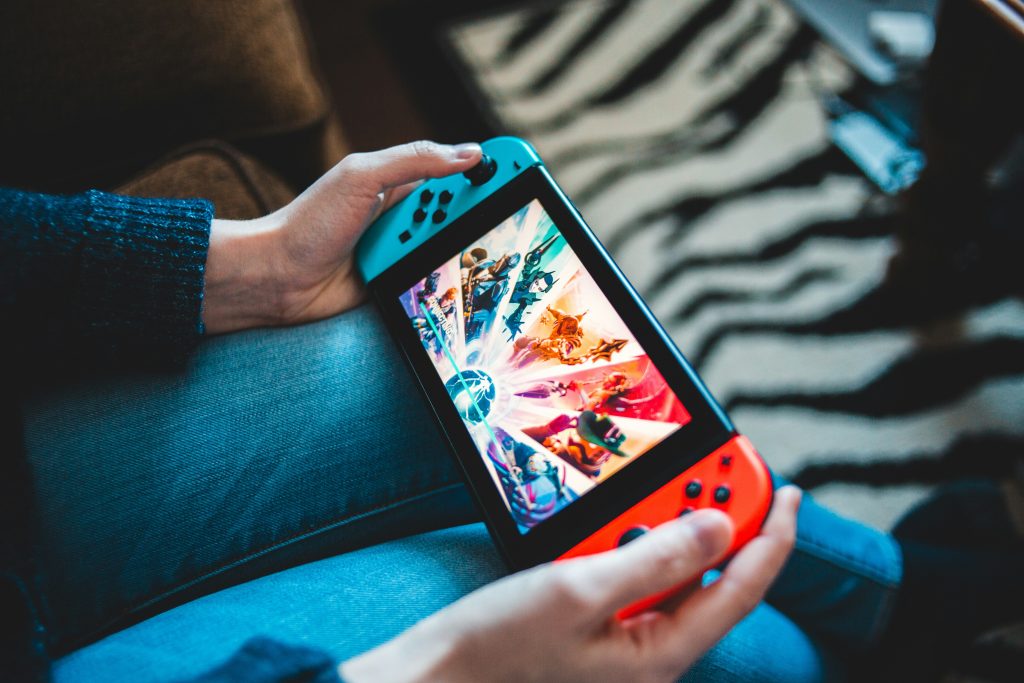
Happy 7th birthday to the Nintendo Switch, the little hybrid handheld console that helped to change the game industry into what it is today! The early days of the Nintendo Switch were heady for the early adopters (like us) as we snapped up every single game that we could, just to experience the newness of it all. It didn’t matter if we owned the game on three other consoles (looking at you Bastion) or if it was brand new to us, all of us early adopters were keen to gobble up everything that Nintendo gave us, physically and digitally through the eShop.
As the years have gone by, the eShop has been flooded with games that are much, much lower quality than they were at the console’s launch. Coupled with the usability and discoverability issues inherent in the interface, it was easier to just go back to buying third-party games on Steam. It didn’t help matters that the Steam Deck is such a powerhouse in comparison to the now “old” technology that the original Switch has baked in. As such, the Switch went from years on top of the market to finally having to yield to the PlayStation 5 in both categories. Many households adopted multiple Switches. Not so much for PlayStation 5s.
There are rumors that Nintendo will be releasing their next console sometime this year. We don’t have any details, of course, but we’re happy to daydream about what the game industry may look like with its release.
If Nintendo keeps a similar form factor with an emphasis on backward compatibility, players will be able to bring their libraries forward in a way that we haven’t been able to since the DS. This could be a boon for players that are looking to upgrade hardware for their software collections (physical and digital). Failing that backward compatibility, we’ll all be rebuilding our software libraries and that would potentially be good for the double (and sometimes triple) dipping that some players (okay, we’re those players) were doing during the heyday of the Switch.
Either way, the new Switch will hopefully reinvigorate the market, especially for third party indie developers and their subsequent publishers, as players look to slake their thirst for games on their new console. And goodness knows we could all use a little magic this year in the face of mass layoffs, the threat of AI, and corporations that place executive compensation and comfort ahead of the thousands of people working in the trenches.